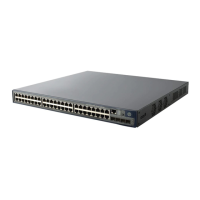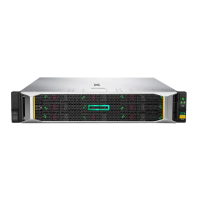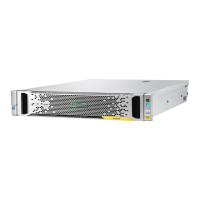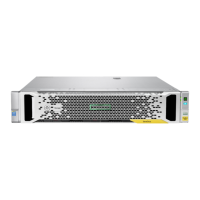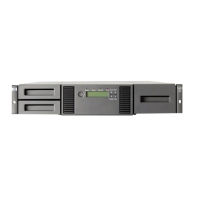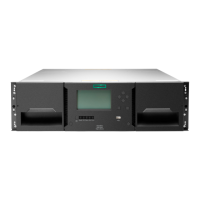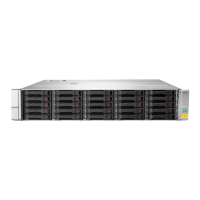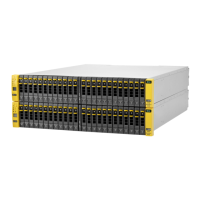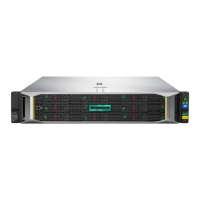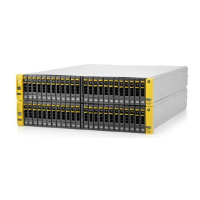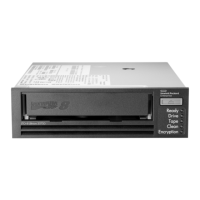• Clear: Overwrite user-addressable storage space using standard write commands; might not sanitize data in areas not
currently user-addressable (such as bad blocks and over-provisioned areas).
• Purge: Overwrite or erase all storage space that might have been used to store data using dedicated device sanitize
commands, such that data retrieval is "infeasible using state-of-the-art laboratory techniques."
• Destroy: Ensure that data retrieval is "infeasible using state-of-the-art laboratory techniques" and render the media unable
to store data (such as disintegrate, pulverize, melt, incinerate, or shred).
HPE Persistent Memory supports the purge level using a cryptographic erase technique and an overwrite technique.
HPE ProLiant and HPE Synergy Gen10 server products support sanitizing HPE Persistent Memory modules during POST. Use
the HPE RESTful Interface Tool or UEFI System Utilities to schedule sanitization on the next boot.
For more information, see the following sections in the HPE Persistent Memory User Guide on the Hewlett Packard Enterprise
website (http://www.hpe.com/info/persistentmemory-docs):
• Sanitization policies
• Sanitization guidelines
NIST SP800-88 Guidelines for Media Sanitization (Rev 1, Dec 2014) is available for download from the NIST website (
http://
nvlpubs.nist.gov/nistpubs/SpecialPublications/NIST.SP.800-88r1.pdf).
Removing and replacing the Energy pack option
Procedure
1.
Power down the graphics expansion module.
2.
Remove the graphics expansion module.
3.
Place the graphics expansion module on a flat, level work surface.
4.
Remove the access panel.
5.
If applicable, remove the graphics expansion from the compute module.
6.
Unplug the energy pack cable from the system board.
7.
Remove all DIMM bales, and disconnect the energy pack from the system board.
8.
Remove the HPE Smart Storage Battery or the HPE Smart Storage Hybrid Capacitor.
Removal and replacement procedures
68
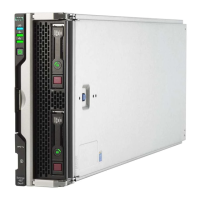
